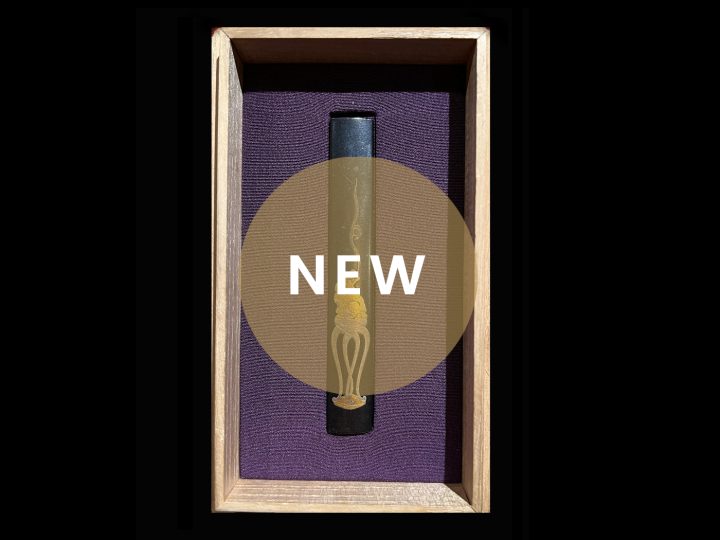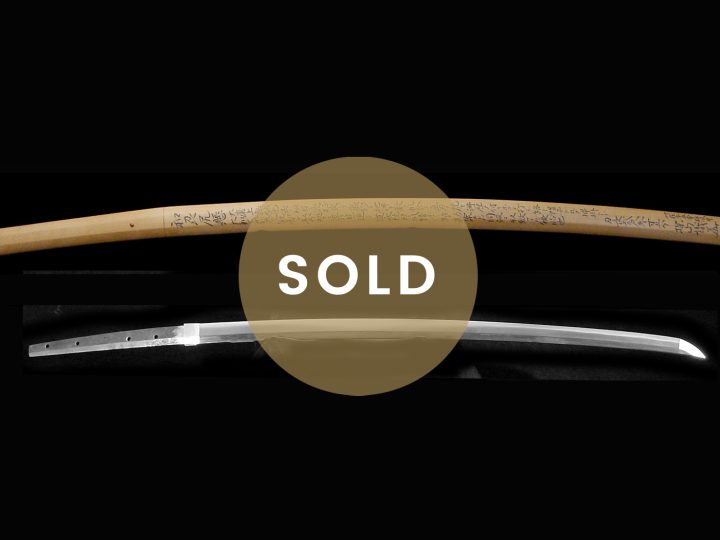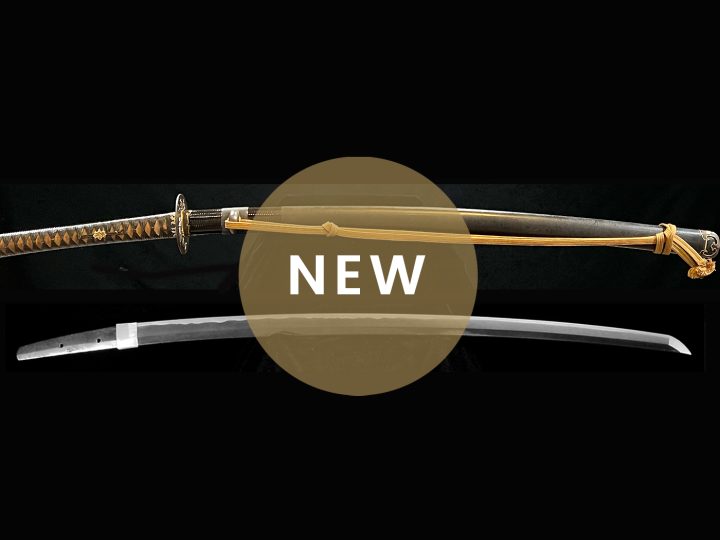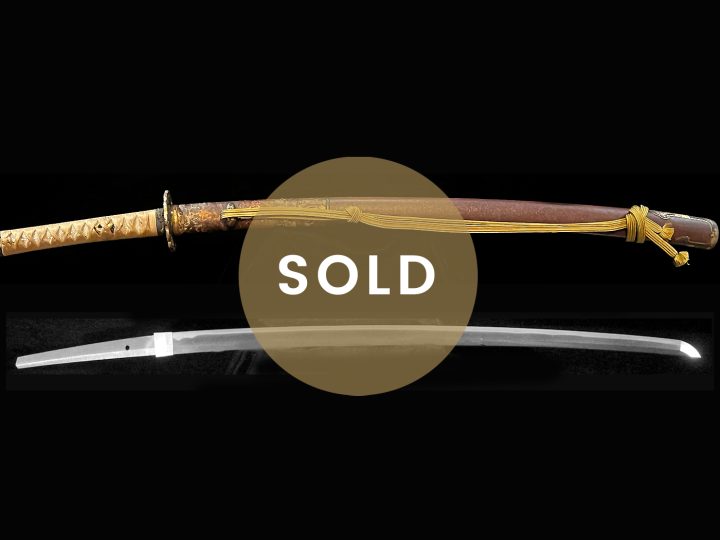
Rokudai Tadayoshi (六代忠吉), the sixth generation, was born in 1736. The fifth generation Tadayoshi (忠吉) had two sons and the younger one eventually became the sixth generation Tadayoshi (忠吉). He took the name Shinsaemon together with the title, “Tadayoshi” (忠吉) after the death of the fifth generation on June 15, 1775. It is not known what his previous name was. He was forty years old when his father, the fifth generation, died and there is conflicting evidence that prior to this time he ever signed Tadahiro (忠広) as was usually the case in the Tadayoshi (忠吉) lineage of smiths. This situation may have been caused by the fact that his elder brother, Hikojû, who was, in fact, next in line to succeed the fifth generation may have already been using the name Tadahiro (忠広) until his own untimely death in 1755.
If this is confusing, please remember that among the Tadayoshi (忠吉) lineage it was common practice for the next in line to succeed the ‘reigning” Tadayoshi (忠吉) signed with the name Tadahiro (忠広) until the death of the then current Tadayoshi (忠吉). Upon the death of his father (the “reigning” Tadayoshi (忠吉)), he would drop the Tadahiro (忠広) mei and become the next generation Tadayoshi (忠吉) and sign as such. This means that there is a strong possibility that any swords signed Tadahiro (忠広) that were made between 1747 when the fifth generation took the name Tadayoshi (忠吉) and 1755 when Hikojû died could have been made by Hikojû. Likewise any Tadahiro (忠広) blades made between the death of Hikojû in 1755 until the death of the fifth generation in 1775, could have been made by Shinsaemon. Some texts persist, however, to claim that Shinsaemon never signed Tadahiro. (忠広). It is very confusing and open for more study.
Demand for swords was not great during the working life of the sixth generation Tadayoshi (忠吉). Therefore, it is unlikely that the sixth generation made many swords on his own after the death of his father, the fifth generation. For this reason swords by this smith more rare that by the other mainline Tadayoshi (忠吉) smiths. In fact, it was not until1790 when he was fifty-five years of age that he was finally awarded the “Ômi no Kami” (近江の守) title. This was some fifteen years after his father died.
The sixth generation Tadayoshi (忠吉) lived a long life and died on December 28, 1815 at the age of eighty. As stated despite this long life he left relatively few works and this was probably attributed to the overall decline in demand for swords during those peaceful times. He had one son and one daughter. The son became the seventh generation Tadayoshi (忠吉) upon the death of the sixth generation. The sixth generation Tadayoshi (忠吉) marks the beginning of the “Shinshinto” Tadayoshi (忠吉) smiths.
SUGATA: The sixth generation worked in the Yamashiro tradition like all of the Tadayoshi (忠吉) smiths. The sori is generally shallow torii-sori with the shinogi being high. Occasionally he made a blade with a deep sori. The kasane is thick and there is hiraniku.
HAMON: He worked primarily in suguha-notare. He also worked in ô–midare, gunome-midare or notare-midare. His hamon is nie deki. One of the key kantei points of this smith and succeeding generations of this line of smiths is the sometimes machi shita-de yakiotoshi is seen.
KISSAKI: The kissaki of the sixth generation tend to be on the long side (slightly stretched). The temper in the bôshi is wide with a komaru turn back and slight kaeri.
HADA: Two types of jihada are most commonly found on Hizen blades. They are the konuka-hada (rice grain) and the nukame-hada (misty drizzle). These types of hada consist of extremely tight mokume that has become known as the distinctive “Hizen-hada”.
NAKAGO: The sixth generation’s Tadahiro nakago were very long so a good many of them have been shortened. When they are ubu, his nakago are kuri-jiri.
MEI: As with all of the Tadayoshi (忠吉) smiths he signed his katana tachi-mei. His signatures were as follows:
Hizen Kuni Tadahiro (1755-1775)—RARE 肥前国忠廣
Hizen Kuni Tadayoshi (1775-1790) 肥前国忠吉
Hizen Kuni Ômi (no) Kami Tadayoshi (1790+) 肥前国近江守忠吉
Hizen Kuni Ômi (no) Kami Fujiwara Tadayoshi (1790+) 肥前国近江守藤原忠吉
Ômi (no) Kami Tadayoshi (1790+) 近江守忠吉







